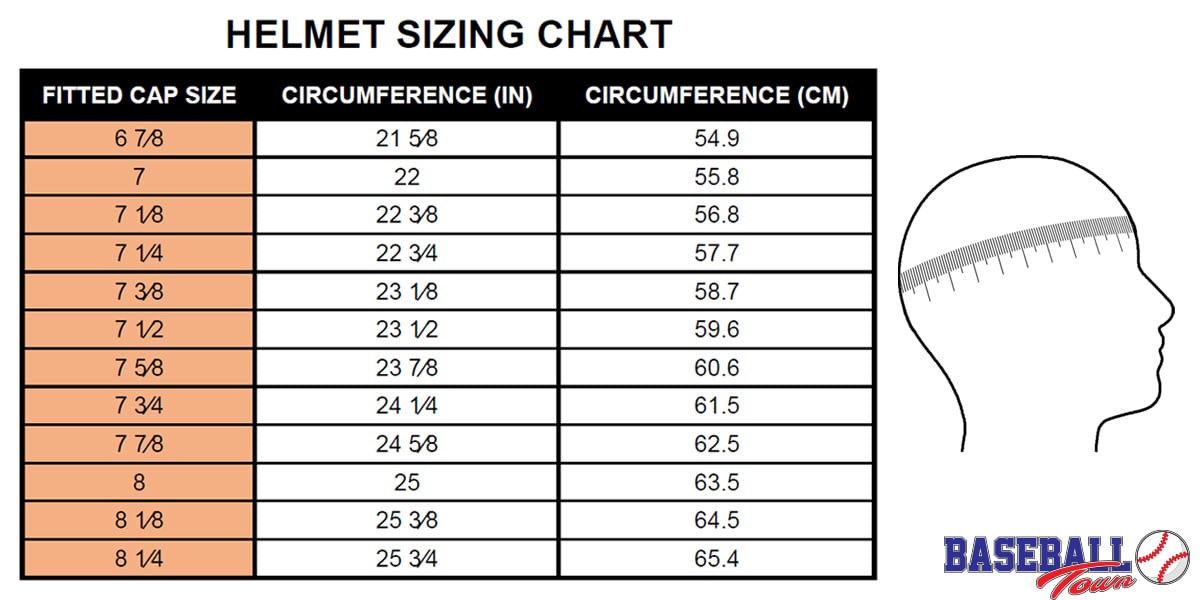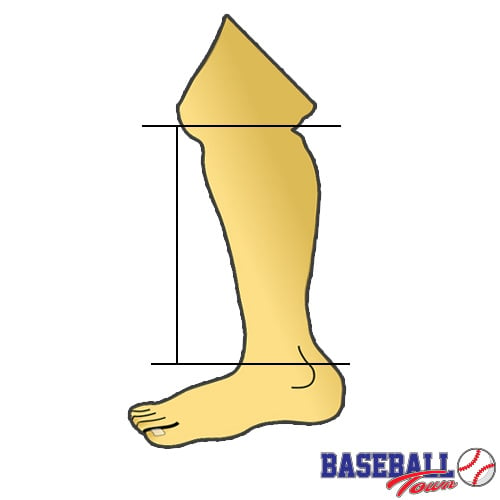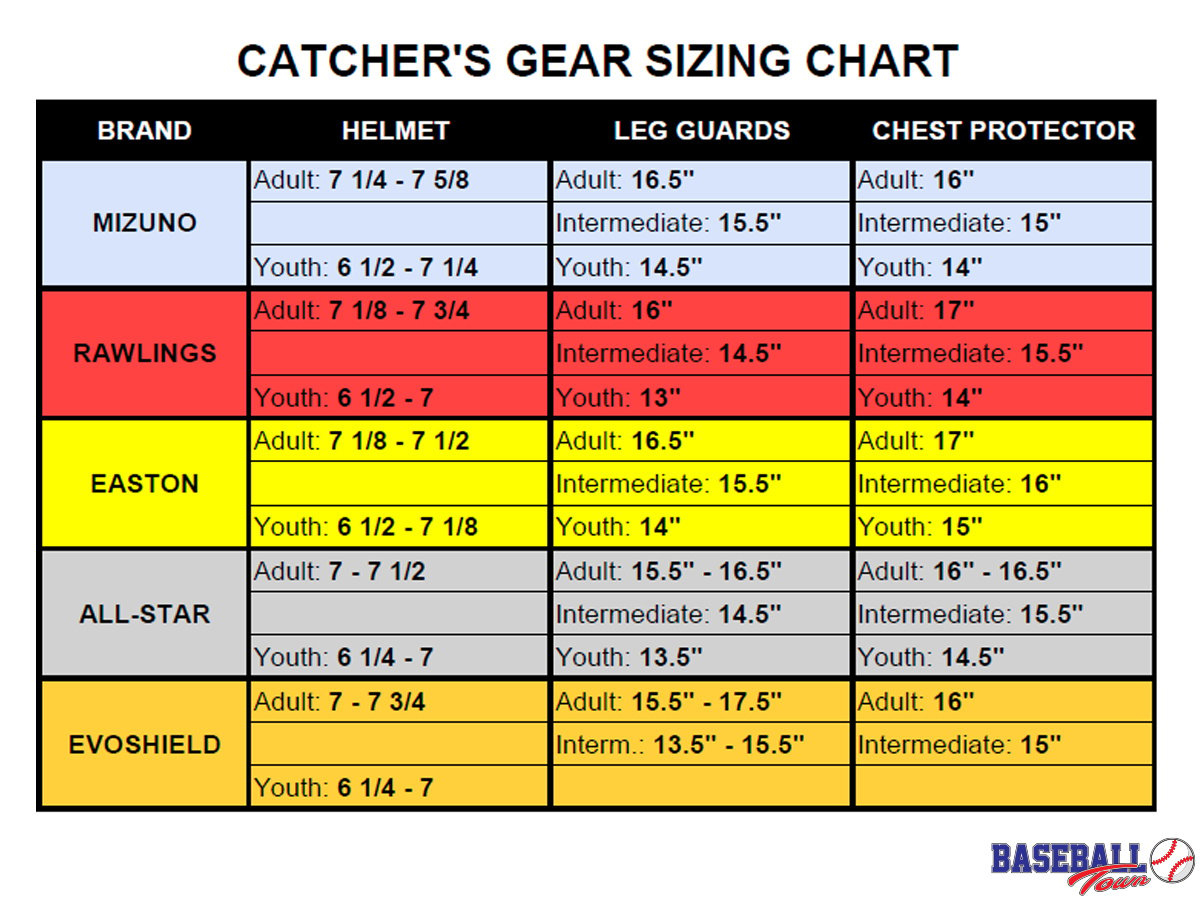Cart
You have no items in your shopping cart
 0
0
You have no items in your shopping cart
When you think about it, the position of catcher is a huge conundrum. It is the position that requires the most protective gear, but it is also the one that demands the most dexterity and athleticism on the diamond.
This is the dilemma that constantly challenges equipment manufacturers trying to design protective gear that adapts perfectly to most catchers’ physiognomy. Because nothing can replace a well fitted piece of gear to achieve the desired balance between protection and mobility.
The masked men’s and women’s mental charge is high enough as it is without having to worry about a shifting helmet obstructing their vision, or a sliding leg guard tripping them up on a throw to second base, or a chest protector that’s too short and exposes part of their collar bone to an 85 MPH foul-tip.
So here is our catcher’s gear fitting guide that covers these main protective pieces:
KITS
Since catcher’s gear is quite extensive compared to other positions, suppliers have combined the most important protective pieces to offer them in easy-to-fit sets. These all comprise of a hockey-style helmet, a chest protector, and a pair of leg guards.
All manufacturers have adopted a three-tiered fitting system for catcher’s gear:
Easton also offers a beginner kit (Black Magic 2.0 Junior Youth) that covers ages 6-8.
Note that the age groups mentioned are approximations. For more precise measurements of each piece of gear included in the kits, see the charts included lower in this guide.
HEAD GEAR
There are two options available to catchers for face and noggin protection. There is the more modern hockey-style mask, or the old-school two-piece facemask and skull cap ensemble.
No matter the choice, all types of helmets and facemasks must be securely adjusted, meaning the foam liner needs to be pressed against the cranium or around the face to reduce the chances of the gear shifting during play.
This is crucial for two reasons:
Helmets and skull caps are available in two sizes. Skull caps come in two adult sizes (S/M: 6 5/8 – 7 1/4 and L/XL: 7 1/4 - 7 5/8), since kids under 12 must wear the full helmet (hockey-style). As for one-piece helmets, they are offered in adjustable adult and youth sizes.
Here is a chart that helps convert fitted cap sizes into head circumference measurements (see the Catcher’s Gear Sizing Chart at the end of this guide for a breakdown of each brand’s helmet sizing range):

CHEST PROTECTOR
When fitting the chest protector to the player, the most important check point is the certified NOCSAE padding. It must be perfectly centered to the mid part of the catcher’s sternum.
Once the straps are properly adjusted to have the NOCSAE padding in its proper position, make sure the clavicle is covered by the neckline padding. Then, have the catcher get in the crouched position to ensure the bottom of the chest protector doesn’t impede mobility or comfort level.
Note that mid to high-end chest protectors also come with an optional/adjustable throwing shoulder guard. This protective cup must be placed directly in front of the shoulder joint.
Go to the Catcher’s Gear Sizing Chart at the end of this guide for a breakdown of each brand’s chest protector sizing range. Chest protector measurements should be taken from the gap at the base of the neck to the navel.

LEG GUARDS
Legs are the catcher’s foundation for all his or her movements, but also the primary source of injury. As is the case for the rest of the protective gear, a snug fit on the leg is key to optimal injury prevention.
Here are the check points when fitting leg guards:
Go to our Catcher’s Gear Sizing Chart at the end of this guide for a breakdown of each brand’s leg guard sizing range. Leg guard measurements should be taken from the middle of the kneecap to the top of the instep.

For our full selection of complementary catcher’s protective gear and accessories, visit our website.
For more information on catcher’s gear, go to our Hail to the Catcher! blog, a complementary edition to this guide.

